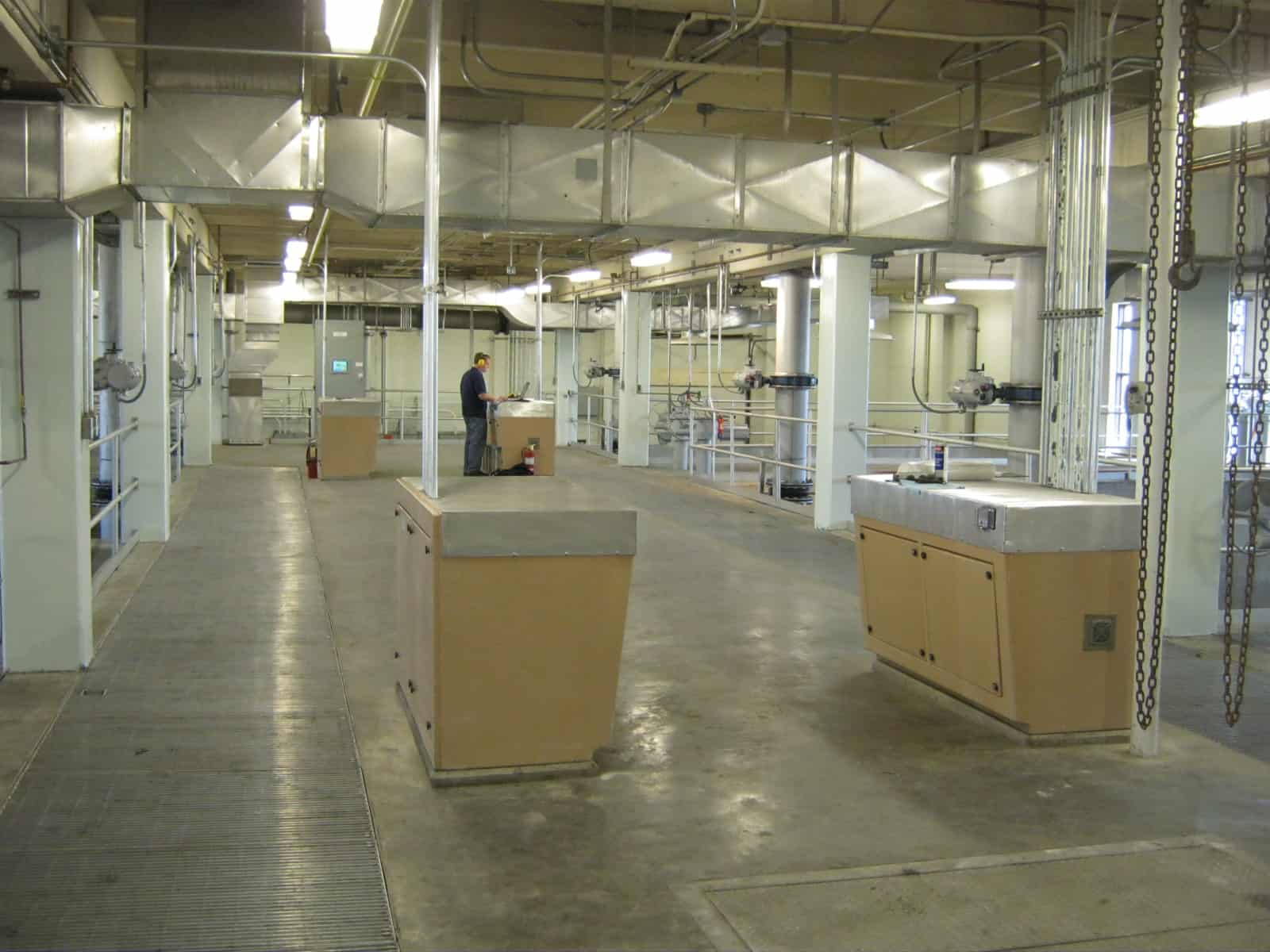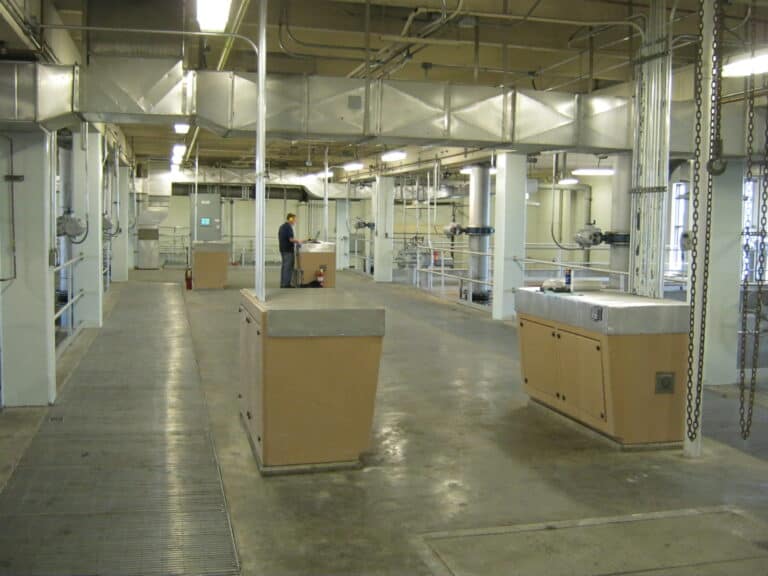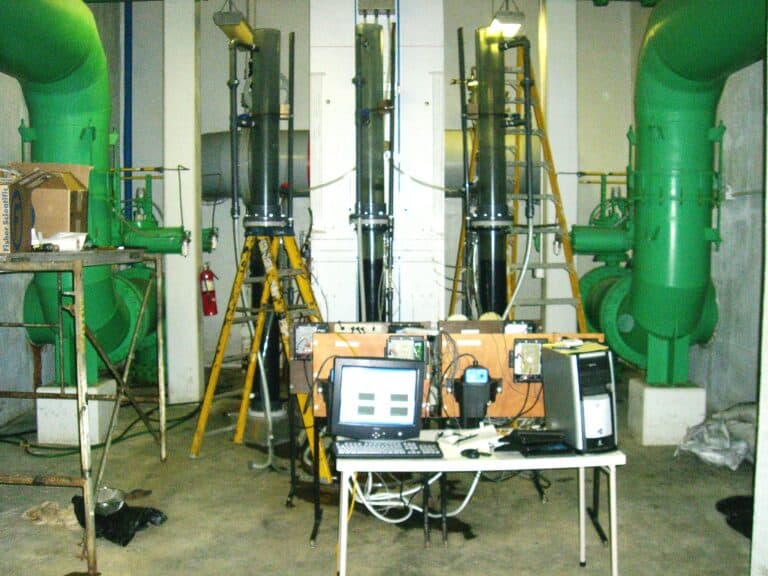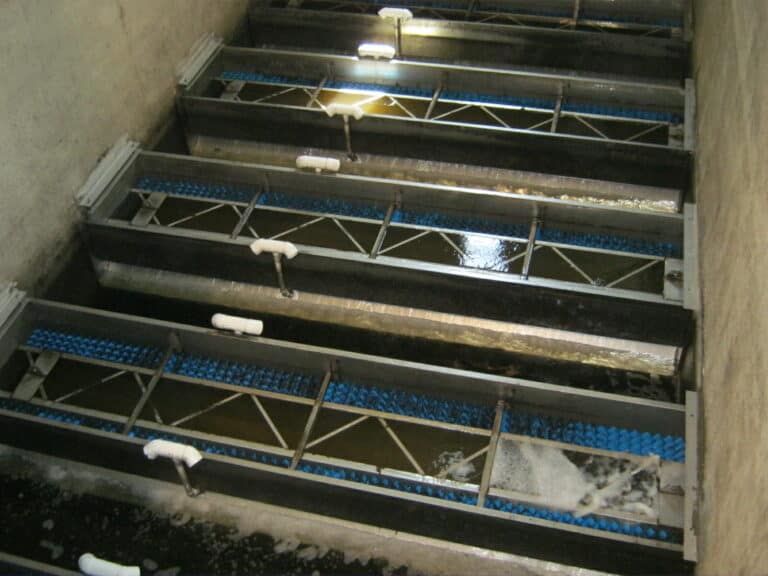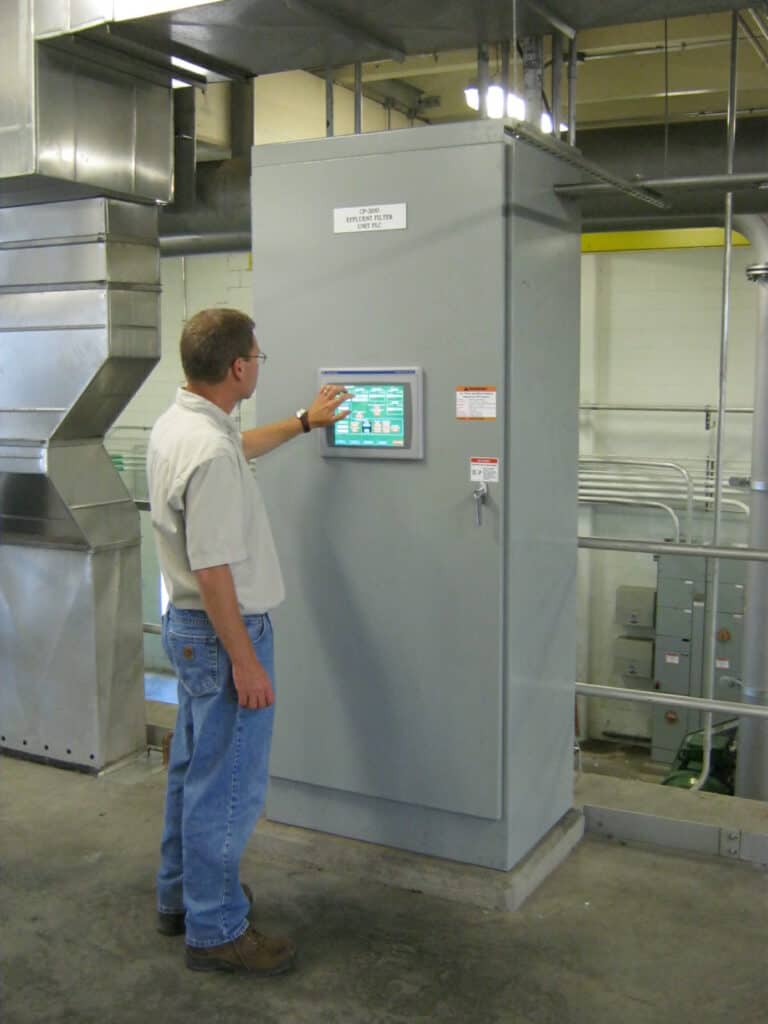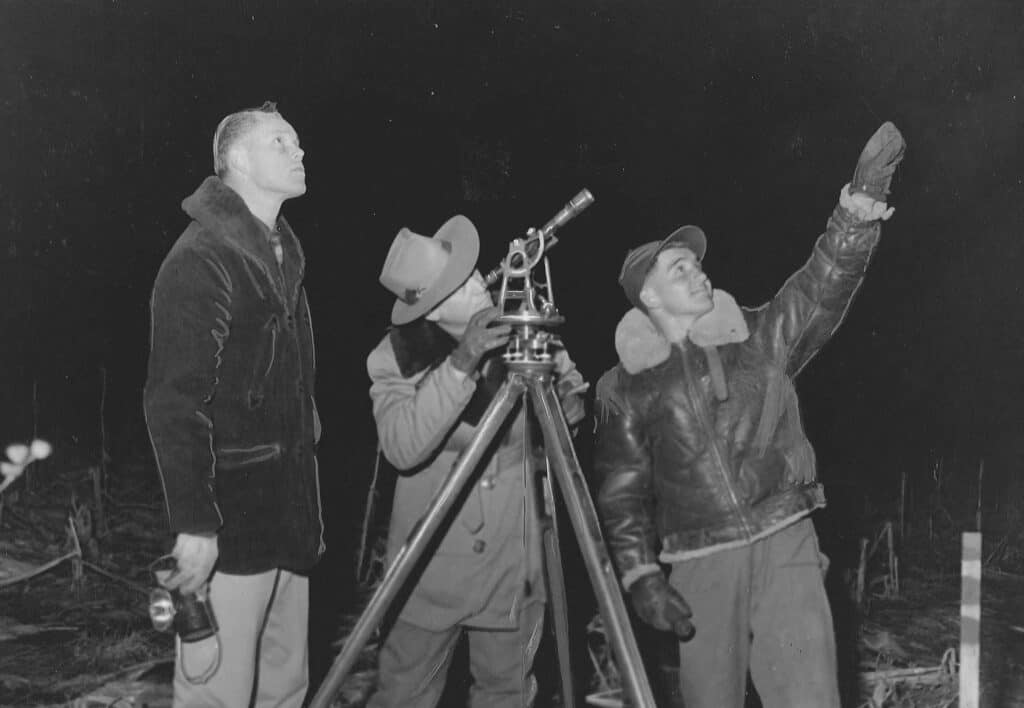Over the last few years, HR Green has worked closely with the City of Sioux Falls Water Reclamation Facility (WRF) on several projects. This outstanding project replaced filters at the WRF, re-using the existing concrete tanks where the filters were located. The project used two innovative techniques to save money and increase filter performance. First, large grains of anthracite were used for filter media, instead of conventional sand. Second, an unprecedented backwash system was installed, which uses large amounts of air to clean the filter media. These innovations were tested first in a laboratory simulator to verify that they would work. The new system can filter twice as much wastewater as the old one, yet did not require a new building addition. Additionally, the new system has reduced electricity and water usage at the WRF. HR Green was the design engineer for the project and South Dakota State University’s engineering department helped with the laboratory simulations.
At a glance:
- Larger than typical anthracite media sizes were pilot tested and proved to provide the treatment required for the wastewater facility. The larger media will allow higher filtration rates, thus doubling the capacity in the same footprint. However, the larger media does not impact the final effluent quality. A turbidimeter was added to the effluent flow to monitor the filtered water and will be tracked closely by the operators. The larger media will also allow longer filter run times, thus less backwashing. The WRF used to backwash each filter every day, and the current operation allows 3 days between backwashes.
- The design incorporated simultaneous air and water backwashing. The current operation proves that this method decreases the backwash time to clean the media. The decreased backwash time means less run time for the backwash pumps, less filtered water used for backwashing, and less reclaim water being recycled (pumped) to the head of the treatment plant. The plant estimates approximately a daily savings of 0.9 mg.
- The controls were automated for the backwash process to set the backwash time of the filters. The time is operator adjustable, but this will minimize any extraneous backwash that may occur due to distractions. This also allows the potential to backwash at off-peak times.
- The backwash flow meter was replaced to improve accuracy and limit excessive flows.
- A non-potable water connection was added to the building for use during filter wash downs and maintenance.
- An analysis was completed to determine the payback period if natural gas was provided to the Effluent Filter Building for the HVAC units instead of the current electric power feed. The natural gas option proved to be cost effective, thus the project included routing the natural gas to the building and providing the HVAC unit as gas-fired.
- The roofs were changed from the ballasted membrane roof system to the white thermoplastic roofing membrane that can keep the building rooftop cooler in the summer.
